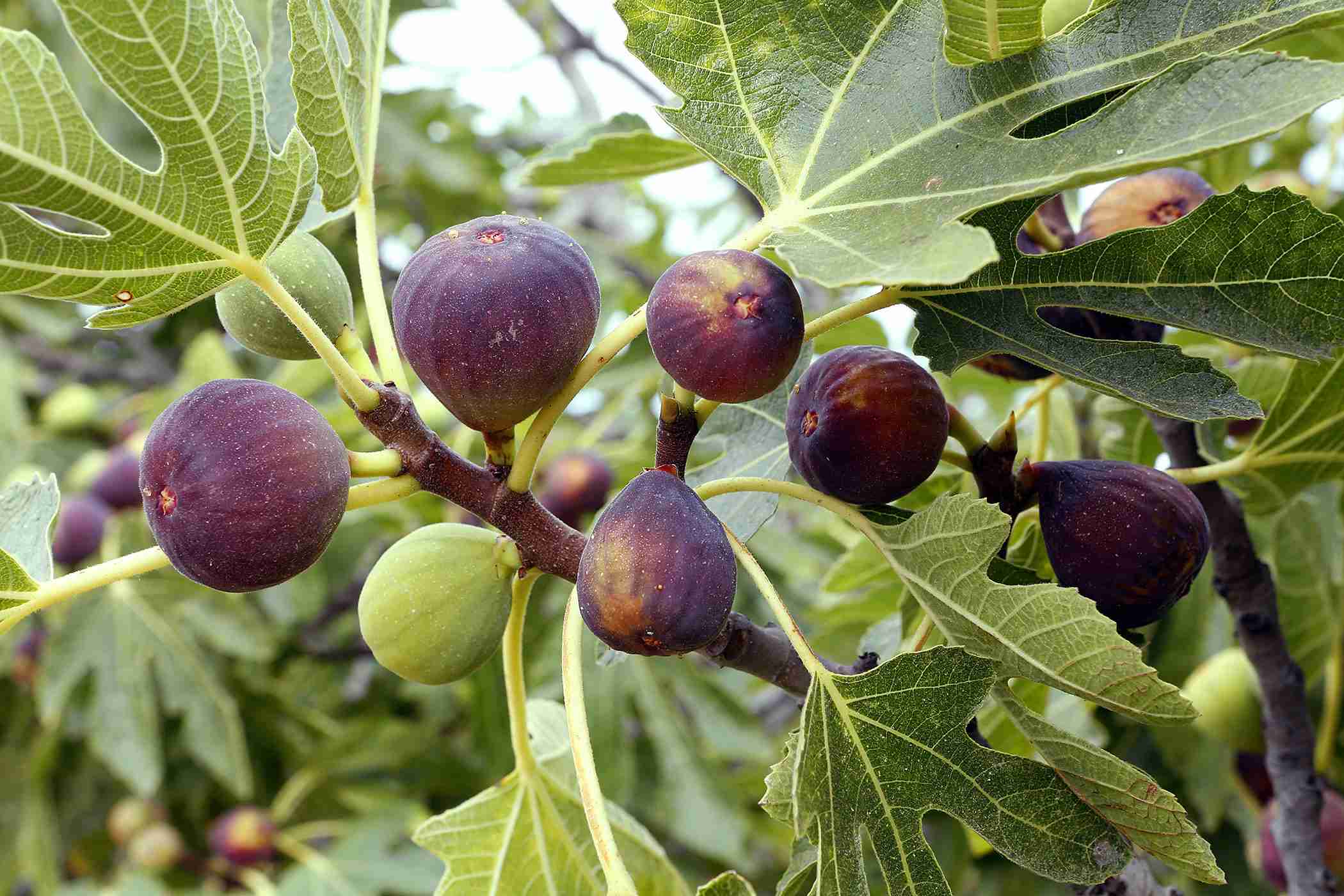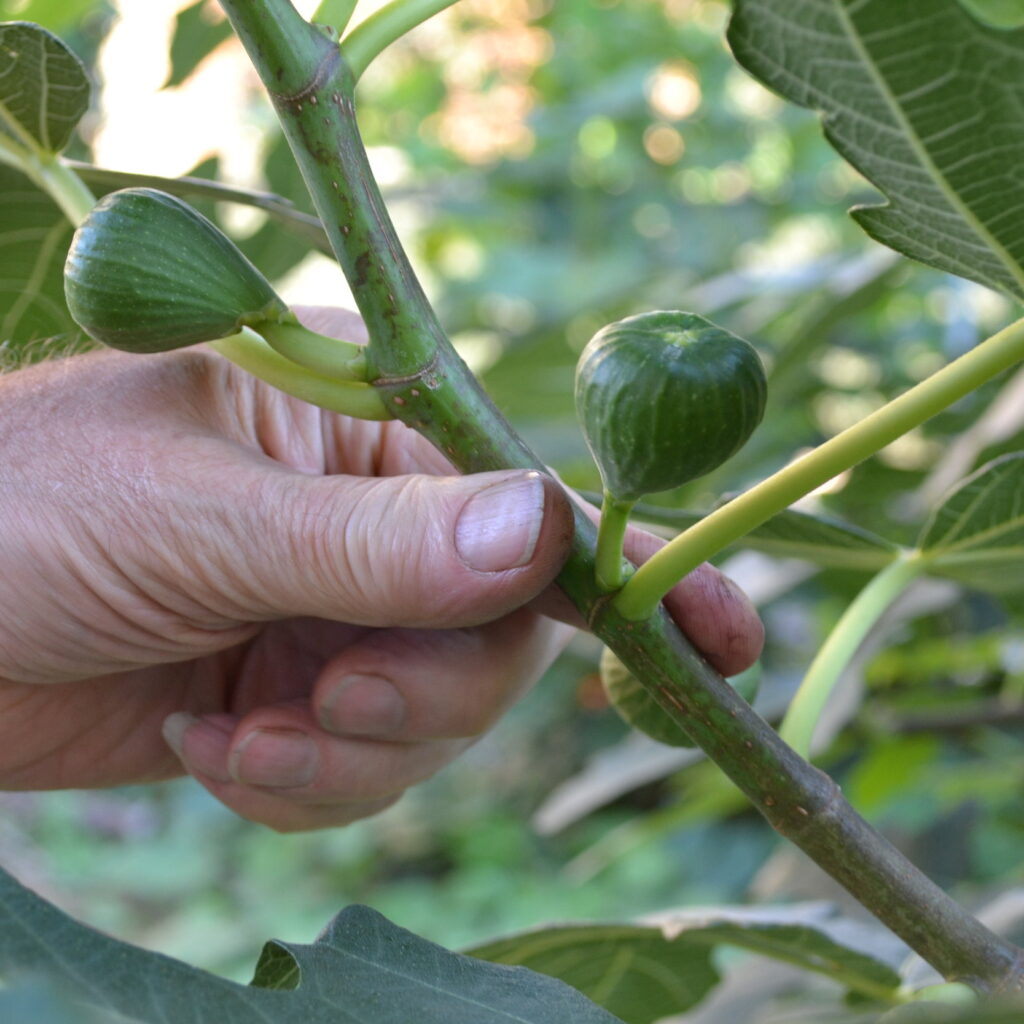Fig Tree Planting Guide Australia
Introduction to Growing Fig Trees in Australia
Figs are one of the most rewarding fruit trees to grow, especially in Australia, where the climate is well-suited for their needs. Whether you have a large backyard or a small urban garden, fig trees can thrive with proper care.
Why Choose Fig Trees?
Fig trees are perfect for home gardeners because they are low-maintenance and produce delicious, nutrient-rich fruit. Their versatility makes them suitable for both outdoor gardens and pots.
Suitable Climate Conditions in Australia
Figs love warm, temperate climates. Most regions in Australia, particularly the coastal areas, offer the ideal conditions—plenty of sunshine and moderate winters—to support healthy fig growth.
Best Varieties of Fig Trees for Australian Gardens
Brown Turkey
This is a popular variety for Australian growers due to its hardiness and sweet fruit. It can tolerate cooler climates better than others.
White Adriatic
Ideal for areas with long, hot summers, the White Adriatic fig produces light-green fruit with a sweet interior.
Black Genoa
This variety is favored for its dark-colored figs and is well-suited to Australia’s temperate regions.

When to Plant Fig Trees in Australia
Optimal Planting Season
The best time to plant fig trees is during late winter or early spring when the weather begins to warm up. This allows the tree to establish before the hot summer arrives.
The Importance of Soil Temperature
For successful planting, ensure the soil temperature is above 15°C, as figs thrive in warm soil.
Choosing the Right Location
Full Sun Exposure
Figs need at least six to eight hours of sunlight daily for optimal fruit production.
Protection from Harsh Winds
While fig trees can tolerate some wind, placing them near a windbreak or fence ensures they aren’t damaged during storms.
Soil Preparation for Fig Trees
Ideal Soil Types
Figs prefer well-draining soil with a sandy or loamy texture. Steer clear of dense clay soils that hold excessive moisture.
Testing and Amending Soil pH
Target a soil pH range of 6.0 to 6.5. You can add lime if the soil is too acidic.
How to Plant a Fig Tree Step-by-Step
Preparing the Sapling
Soak the fig sapling’s roots in water for an hour before planting to prevent shock.
Digging the Planting Hole
The hole should be twice the width of the root ball and just as deep to give the roots space to spread.
Watering After Planting
Once you’ve planted the sapling, give it a good soak to help the soil settle around its roots.
Watering and Fertilizing Your Fig Tree
Setting a Watering Schedule
Water young fig trees regularly during the first two years. Once established, they become more drought-tolerant but still appreciate occasional deep watering during dry spells.
Choosing the Right Fertilizer
A balanced fertilizer with equal parts nitrogen, phosphorus, and potassium encourages healthy growth. Fertilize during the growing season, but avoid over-fertilizing as it may hinder fruit production.
Pruning and Training Fig Trees
Pruning Techniques for Young Trees
Prune fig trees in winter to shape the tree and encourage new growth. Remove any dead or diseased branches.
Managing Growth with Training
Training your fig tree helps maintain a manageable size and promotes better fruit production. Use stakes or trellises if needed.
Common Pests and Diseases
Identifying Common Issues
Watch out for pests like scale insects, aphids, and birds that may target your figs.
Organic Control Methods
Introduce beneficial insects like ladybugs or use neem oil to keep pests under control. Bird netting also helps protect your crop.
Harvesting Figs and Proper Storage
Signs of a Ripe Fig
A ripe fig is soft to the touch and has a slightly drooping neck. Harvest them carefully, as figs don’t continue ripening after picking.

Tips for Storing Fresh Figs
Store freshly harvested figs in the refrigerator for up to a week. For long-term storage, consider drying or freezing them.
Growing Fig Trees in Pots
Choosing the Right Container
Select a pot with good drainage holes and at least 50 cm in diameter to allow the roots to expand.
Care Tips for Potted Figs
Water potted figs more frequently and fertilize monthly during the growing season to ensure healthy growth.
Conclusion
Growing fig trees in Australia is a rewarding experience for gardeners of all skill levels. With the right variety, location, and care, you’ll soon enjoy a bountiful harvest of sweet, homegrown figs. Whether in the ground or a pot, your fig tree will thrive with proper attention and become a favorite part of your garden.
